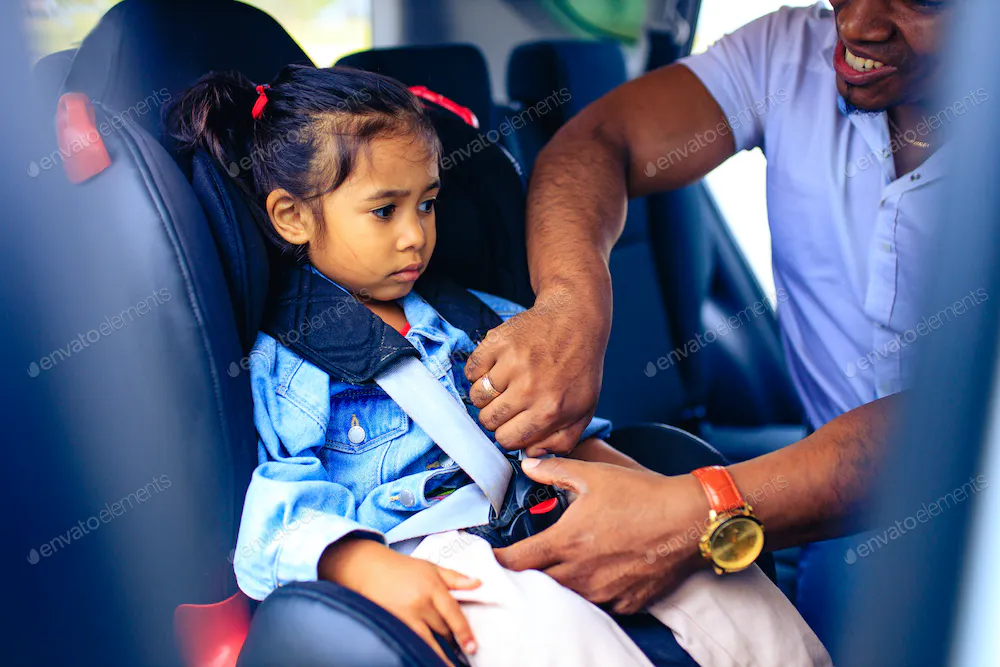Jeff Lupient on Ensuring Properly Installed Car Seats
Securing a car seat in your vehicle is critical to ensuring your child's safety. Jeff Lupient shares essential steps and tips to ensure the car seat fits perfectly in your vehicle.1. Check compatibility.
Do your research before purchasing a car seat. Look for information in the car seat's user manual or the manufacturer's website to ensure compatibility with your vehicle's make and model. According to Jeff Lupient, some car seats are designed with specific vehicles in mind, so matching them appropriately is crucial. Review your vehicle's owner's manual for instructions and recommendations for child safety restraints and car seat installation. This will give you insights into your car's specific requirements.
3. Seek professional help.
Jeff Lupient suggests visiting a retailer or child passenger safety inspection station when in doubt. Certified technicians are available to assist you in ensuring the car seat fits your vehicle perfectly and is installed correctly. They can also provide valuable insights and demonstrate the proper installation process.
4. Measure the vehicle.
Before buying a car seat, take measurements of your vehicle's back seat. Jeff Lupient says paying attention to the width, depth, and spacing between seat belts or LATCH anchors is crucial. Ensure there is ample space for the car seat without any obstructions.
5. Check the angle indicator.
Most car seats have an angle indicator to help you achieve the correct recline angle. Ensure that your vehicle's seats allow for the proper angle without causing interference with the car seat's installation.
6. Inspect seat belts and LATCH anchor points.
Examine your vehicle's seat belts and LATCH anchor points for functionality. These are critical for securing the car seat correctly. Double-check that there are no damaged or malfunctioning components.
7. Secure the installation.
Follow the manufacturer's instructions to install the car seat in your vehicle. Ensure it is secure and does not move more than one inch in any direction when properly installed. Use your body weight to fasten it securely. Check that the car seat fits snugly against the seat, with no visible movement or gaps between the two.
8. Consider rear-facing vs. forward-facing.
Depending on your child's age and size, you may need to choose between a rear-facing and forward-facing car seat. Jeff Lupient suggests checking if your vehicle can accommodate the type of car seat you require. If you have multiple vehicles, test the car seat's fit in each one. Different car seats may fit better in various vehicles.Properly installing a car seat will give you peace of mind, knowing that your child is secure and protected while on the road. Remember, the safety of your little one should always be a consideration.
Jeff Lupient will discuss more tips and advice on buying and installing car seats in future articles. Follow this page for updates.


No comments:
Post a Comment